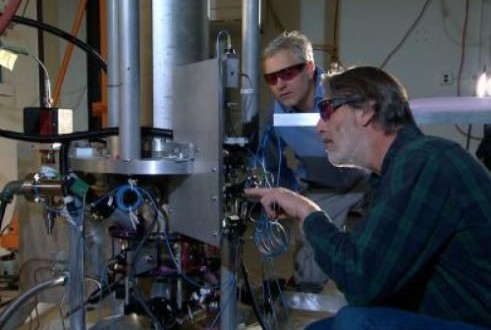The U.S. Department of Commerce’s National Institute of Standards and Technology (NIST) has officially launched a new atomic clock, called NIST-F2, to serve as a new U.S. civilian time and frequency standard, along with the current NIST-F1 standard.
NIST-F2 would neither gain nor lose one second in about 300 million years, making it about three times as accurate as NIST-F1, which has served as the standard since 1999. Both clocks use a “fountain” of cesium atoms to determine the exact length of a second.
NIST-F2 is the most accurate clock of its kind in the world, and it’ll join its predecessor NIST-F1 in setting the standard for US civilian time and frequency (military time is maintained by the Naval Observatory instead), keeping the country punctual to within fractions of fractions of fractions of seconds.
You might be wondering around about this exact second why anyone would need a clock that’s quite so accurate. By the sound of things, NIST isn’t quite sure yet either.
All it knows is that whenever time-keeping has improved previously, it’s been used in advanced technologies like GPS, telecommunications, the internet, and so on. Banks and computer systems synchronise with NIST to keep time stamps in check. “If we’ve learned anything in the last 60 years of building atomic clocks, we’ve learned that every time we build a better clock, somebody comes up with a use for it that you couldn’t have foreseen,” Steven Jefferts, NIST physicist and lead designer of NIST-F2, said in a statement.
Agencies/Canadajournal
 Canada Journal – News of the World Articles and videos to bring you the biggest Canadian news stories from across the country every day
Canada Journal – News of the World Articles and videos to bring you the biggest Canadian news stories from across the country every day



